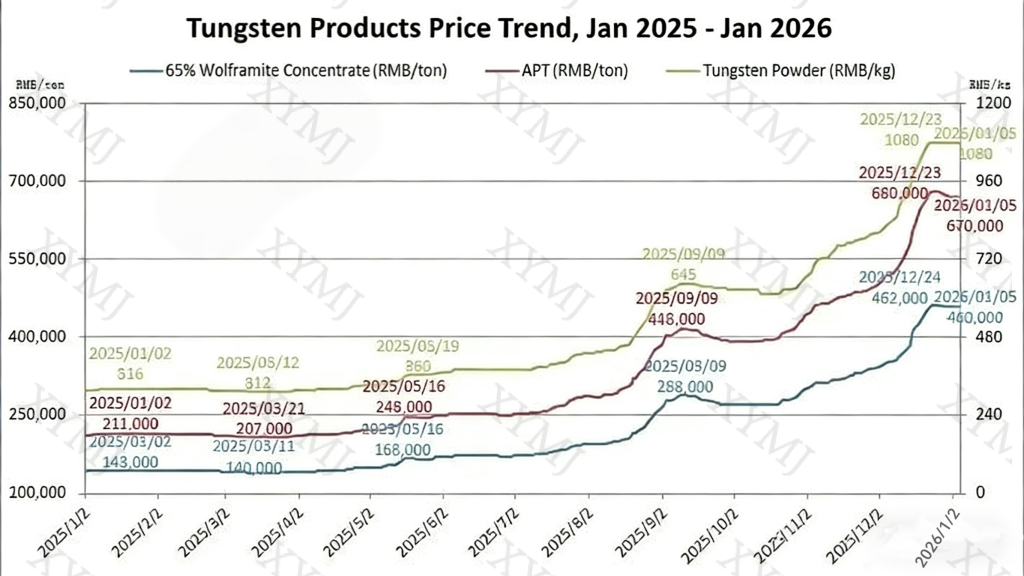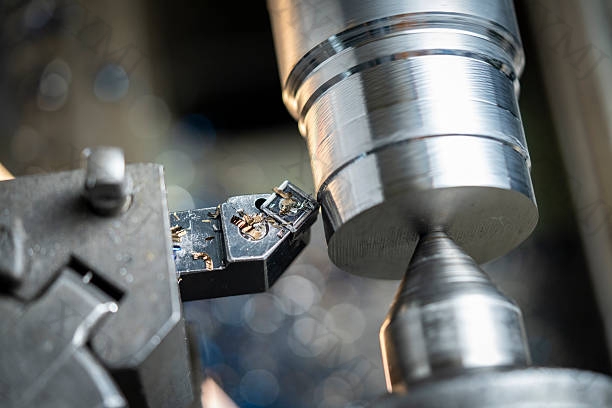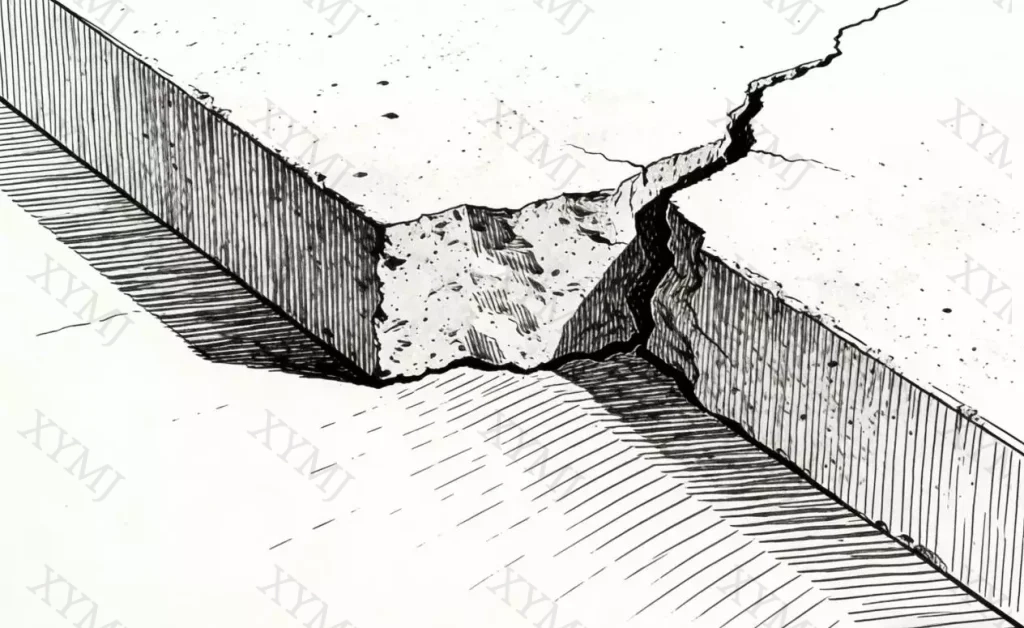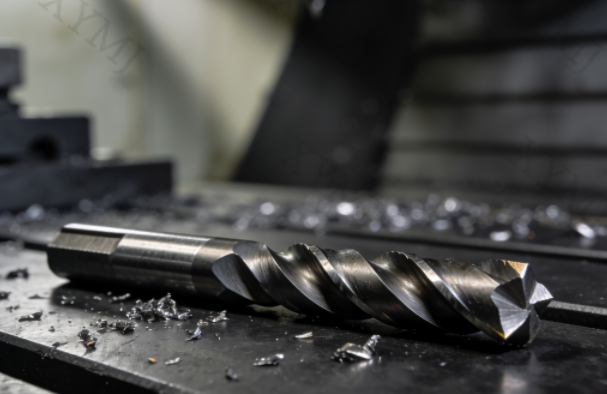YG8 Cemented Carbide Strips for Industrial Use
Product Description
Cemented carbide strips generally refer to all strip-shaped materials made from tungsten carbide as the raw material, with a thickness usually ranging from 0.1 millimeters to 3 millimeters. They have stable physical properties.
Among the orders we have received for cemented carbide strips, there are two types of demands: rough and precision ground, but rough strips are more common. Customers purchase this material for secondary processing and then apply it to their products or equipment.
Applications Of Cemented Carbide Strips
Precision cutting tools
For other factories, cemented carbide strips are essentially “raw materials”. After we produce the strips through powder metallurgy, the buyers will further process them into the desired geometric shapes and precision through grinding and polishing. As tungsten carbide is a material with hardness second only to diamond, it can meet the cutting requirements of the vast majority of applications.
Stamping tools
The excellent physical properties of these strips, such as high hardness, high compressive strength, and high wear resistance, can make them widely used in the manufacture of stamping tools. When choosing materials, people also consider whether the materials are stamped. As mentioned earlier, cemented carbide is a material with hardness second only to diamond. Therefore, when dealing with materials of high hardness or in harsh environments, such as high wear resistance, high temperature, and high pressure, cemented carbide is often the preferred choice.
High-wear industrial transmission components
Strips are highly malleable raw materials and can be made into components such as scraper plates for mine conveyor belts and guide rails for cement factory chains in industry. Due to the high wear rate of these parts and the rough and hard counterparts they face, special attention should be paid to material selection.
Oil and gas extraction
In this industry, manufacturers also purchase strips to process into components such as wellhead valve sealing strips and scraper blades for chemical reactors. In these working environments, they need to be exposed to corrosive media for long periods and undergo erosion. Therefore, corrosion resistance is also one of the reasons why cemented carbide strips are widely popular.
Specification Of Cemented Carbide Strips
| STB Standard Size | |||||||||||||||
| Style | Thickness(Inch) | Width(Inch) | Length(Inch) | Style | Thickness(Inch) | Width(Inch) | Length(Inch) | Style | Thickness(Inch) | Width(Inch) | Length(Inch) | Style | Thickness(Inch) | Width(Inch) | Length(Inch) |
| STB-12 | 1/32 | 1/16 | 1 | STB-26C | 1/16 | 3/16 | 3 | STB-420L | 1/8 | 5/8 | 12 | STB-516 | 5/32 | 1/2 | 6 |
| STB-12A | 1/32 | 1/16 | 1-1/2 | STB-26L | 1/16 | 3/16 | 6 | STB-424 | 1/8 | 3/4 | 6 | STB-520 | 5/32 | 5/8 | 6 |
| STB-13A | 3/64 | 3/32 | 13/16 | STB-28A | 1/16 | 1/4 | 1 | STB-424L | 1/8 | 3/4 | 12 | STB-524 | 5/32 | 3/4 | 6 |
| STB-13 | 3/64 | 3/32 | 1 | STB-28B | 1/16 | 1/4 | 1-1/4 | STB-428 | 1/8 | 7/8 | 6 | STB-528 | 5/32 | 7/8 | 6 |
| STB-22L | 1/16 | 1/16 | 6 | STB-28D | 1/16 | 1/4 | 3 | STB-432 | 1/8 | 1 | 6 | STB-532 | 5/32 | 1 | 6 |
| STB-24A | 1/16 | 1/8 | 1 | STB-28L | 1/16 | 1/4 | 6 | STB-432L | 1/8 | 1 | 12 | STB-536 | 5/32 | 1-1/8 | 6 |
| STB-24C | 1/16 | 1/8 | 1-1/4 | STB-210L | 1/16 | 5/16 | 6 | STB-436 | 1/8 | 1-1/8 | 6 | STB-540 | 5/32 | 1-1/4 | 6 |
| STB-24D | 1/16 | 1/8 | 1-1/2 | STB-212L | 1/16 | 3/8 | 6 | STB-440 | 1/8 | 1-1/4 | 6 | STB-544 | 5/32 | 1-3/8 | 6 |
| STB-24B | 1/16 | 1/8 | 3 | STB-216L | 1/16 | 1/2 | 6 | STB-448 | 1/8 | 1-1/2 | 6 | ||||
| STB-24L | 1/16 | 1/8 | 6 | STB-416L | 1/8 | 1/2 | 12 | STB-456 | 1/8 | 1-3/4 | 6 | ||||
| STB-26A | 1/16 | 3/16 | 1 | STB-420 | 1/8 | 5/8 | 6 | STB-512C | 5/32 | 3/8 | 6 | ||||
| Othertypes of strips may be offered according to customers’requirement. | |||||||||||||||











